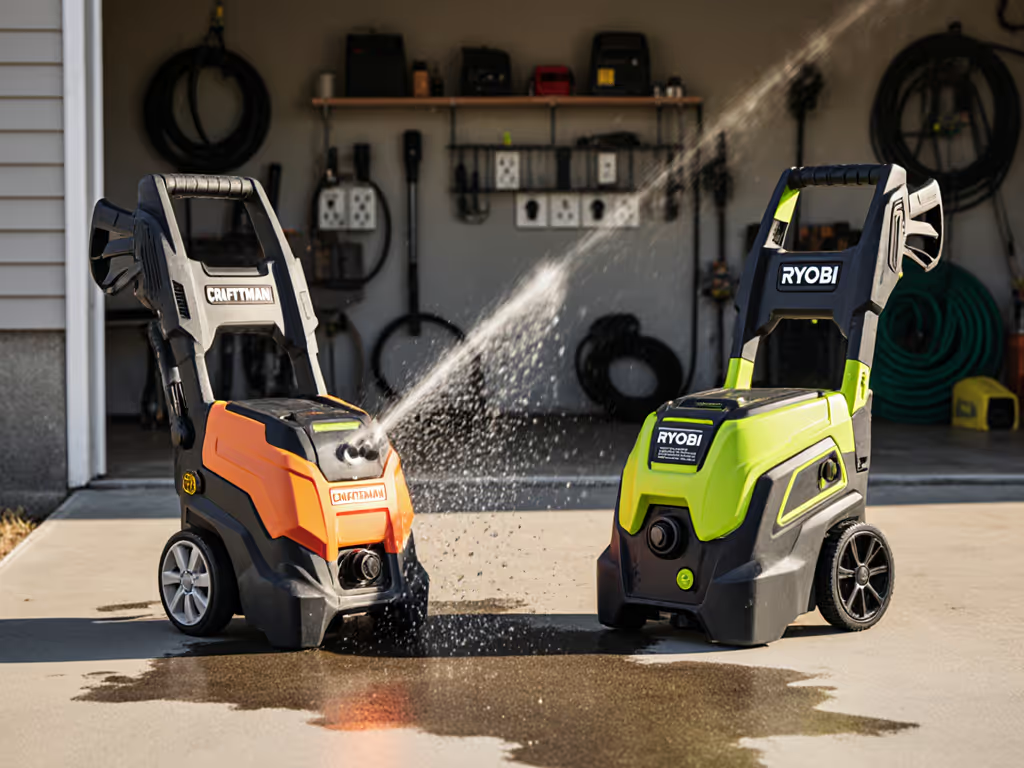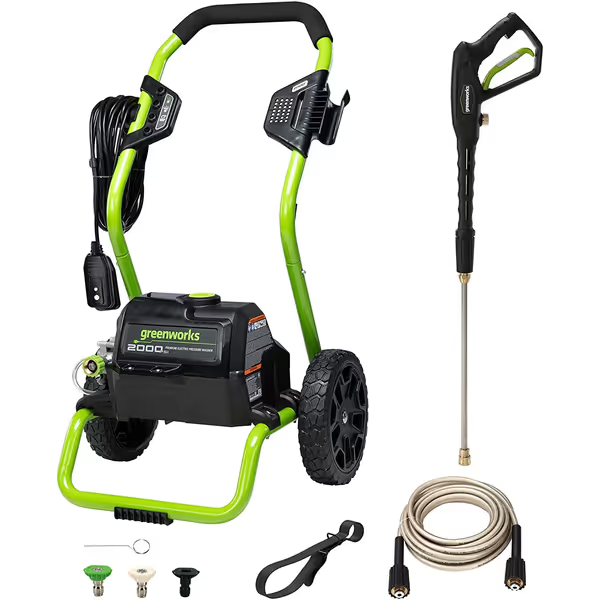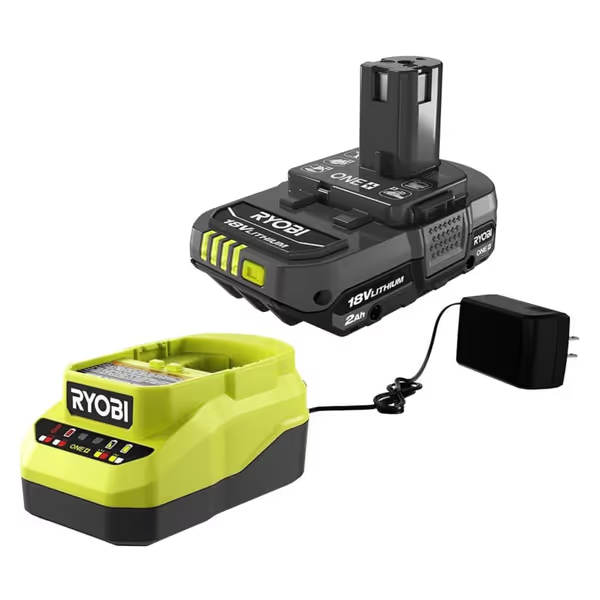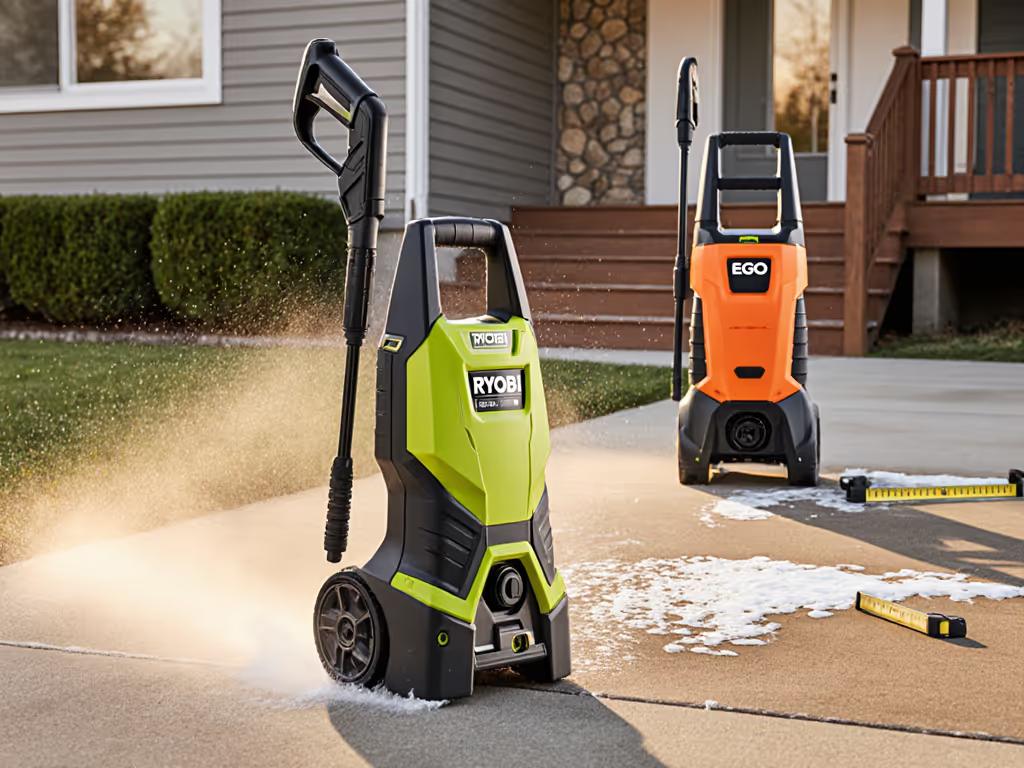
Corded vs Cordless Pressure Washer: Finish-Safe Power Stability

Choosing between corded vs cordless pressure washer systems isn't just about convenience, it is a critical decision for preserving your property's surfaces. As a detailing specialist focusing on paint-safe cleaning, I've seen too many DIYers return from their latest purchase only to face Tiger-striping on siding or oxidation streaks from improper pressure delivery. If you're searching for the best battery powered pressure washer 2025 can offer but need finish-safe results, this guide cuts through the marketing hype with chemistry-forward solutions tailored to your delicate surfaces.
The Surface Safety Dilemma: Why Your Pressure Choice Matters
Pressure washing seems straightforward until you damage what you're trying to clean. That's why I approach every recommendation through the lens of controlled energy application: chemistry first, pressure last. Most homeowners don't realize that 70% of surface damage comes not from the pressure itself, but from improper setup (wrong PSI for the surface, incorrect nozzle angles, or inadequate chemical dwell time). For a clear breakdown of specs, see our PSI vs GPM guide.
Delicate finishes deserve controlled energy: chemistry first, pressure last.
Consider a recent case where a wagon owner came to me with chalky streaks forming under aluminum rails. The root cause? An aggressive narrow tip combined with insufficient dwell time of the cleaning solution. We solved it by switching to a foam pre-wash with mild chelating chemistry, extending dwell time, and rinsing at a wider angle from farther back. The result? Streaks disappeared, rubber trim stayed dark, and the paint's gloss actually improved after drying. This is not magic, it is methodical surface science.
The Hidden Costs of Mismatched Power Systems
Power Stability: Corded's Consistent Advantage
Corded electric pressure washers offer something cordless simply can't match: uninterrupted power stability. When you're working on oxidation-prone surfaces like coated aluminum or soft composite decking, maintaining consistent PSI is non-negotiable. Fluctuating pressure (common in battery-powered units as they deplete) creates uneven cleaning that requires rework and often damages surfaces through inconsistent force application.
For finish-sensitive applications like:
- Clear-coated aluminum railings
- Painted automotive surfaces
- Softwood decks (cedar, redwood)
- Restored vintage vehicles
A corded system provides the steady pressure delivery needed for perfect results without raised grain or scarring. The Greenworks 2000 PSI Electric model exemplifies this advantage with its PWMA-certified 1.1 GPM flow rate that maintains consistent pressure throughout operation (critical for delicate surfaces where even minor fluctuations can cause streaking).

Greenworks 2000 PSI Electric Pressure Washer
Cordless Reality: Battery Life Limitations and Surface Risks
Battery life remains the Achilles' heel of cordless systems. While manufacturers tout "up to 60 minutes" of runtime, actual performance on demanding jobs rarely exceeds 20-25 minutes at full pressure. This creates dangerous scenarios where users push the unit beyond its capacity as the battery drains, inadvertently increasing pressure cycling that damages surfaces.
When battery life dwindles:
- PSI drops dramatically on most models
- Pressure becomes inconsistent, creating "hot spots" that etch surfaces
- Users instinctively move closer to compensate, risking damage
- Chemical dwell time gets cut short, leading to incomplete oxidation removal
I've had multiple clients return with pitted concrete pavers after using a cordless unit that started strong but couldn't maintain consistent pressure through the job. The final sections of their driveway showed clear evidence of pressure cycling (some areas over-cleaned while others remained stained).
The Finish-Safe Decision Framework
When Corded Wins: Precision Surface Applications
For surface-sensitive cleaning where power stability is paramount, corded electric systems remain my top recommendation. They excel when:
- Working on oxidized painted surfaces (automotive, siding)
- Cleaning vehicles with ceramic coatings or paint protection film
- Restoring softwood decks where raised grain is a concern
- Addressing delicate architectural features like composite trim
The secret is not just the consistent power, it is how this stability enables proper chemistry application. With corded systems, you can properly implement:
- Extended dwell times for oxidation control
- Controlled foam pre-wash applications
- Precise nozzle fan angle adjustments without worrying about battery drain
- Accurate standoff distances that protect vulnerable edges
When Cordless Has Its Place: Strategic Portability Factors
Cordless units shine in specific scenarios where portability outweighs the need for absolute power stability. They work best when:
- Cleaning small, isolated areas (boat docks, small patios)
- Performing touch-up cleaning between major maintenance sessions
- Working in areas with no electrical access but where water source is available
- Conducting quick rim and lower panel cleaning on vehicles
The Ryobi 18V system demonstrates how modern cordless technology can work within finish-safe parameters when used correctly. Paired with their foam cannon and a mild chelating wash solution, this system can deliver professional results on wheels and lower vehicle panels without damaging coatings (provided you respect its limitations).

RYOBI One+ 18v Lithium Ion 2.0ah Battery and Charger Kit
Chemistry-First Methodology: Maximizing Either System
Regardless of power source, your cleaning results depend far more on chemistry application than raw pressure. My mantra remains: Chemistry does the heavy lift; pressure just rinses smartly.
The Finish-Safe Protocol:
- Foam pre-wash application with pH-balanced chelating solution
- 5-10 minute dwell time for oxidation control
- Adjust concentration based on surface sensitivity
- Contact minimization during mechanical agitation
- Use soft brushes only when absolutely necessary
- Maintain 12-18 inch standoff distance during rinsing
- Runoff control through strategic work sequencing
- Work from top to bottom in sections
- Capture runoff where possible to protect landscaping
- Power-adjusted rinsing based on surface requirements
- Start with widest fan angle (40°) and increase pressure only as needed
- For delicate surfaces, never exceed 1200 PSI
Battery Considerations for Finish-Safe Operation
If you choose cordless, understand these critical charging time realities:
- Most lithium batteries require 45-90 minutes for full recharge
- Cold temperatures (below 50°F) significantly reduce battery life
- Using multiple batteries helps but increases total system weight
- Battery performance degrades by 20-30% after 2 years of regular use
For mobile detailers, I recommend the DeWalt 20V system with spare batteries rather than attempting to recharge during jobs. The charging time reality means you'll spend more time waiting than working if you try to recharge between vehicles.
Your Finish-Safe Decision Checklist
Before purchasing either system, ask these surface-specific questions:
- What are my primary surfaces? (painted, wood, composite, concrete)
- What's the most delicate surface I'll regularly clean?
- Do I have electrical access near all cleaning areas?
- What's my acceptable noise level? (cordless typically quieter)
- How much storage space do I have?
For delicate surfaces, always prioritize:
- Consistent pressure delivery over maximum PSI
- Adjustable pressure settings
- Wide range of nozzle options
- Compatibility with foam cannons
- Proper portability factors for your specific use cases
Final Recommendation: Match Power to Surface, Not Hype
The "best" pressure washer isn't determined by marketing claims but by how well it serves your specific surfaces. For homeowners with multiple delicate surfaces (painted vehicles, composite decks, softwood siding), I consistently recommend corded electric systems for their power stability, they are simply more finish-safe for critical applications.
For those committed to cordless, the 2025 landscape shows improvement, but understand the limitations: battery life still constrains proper dwell times, and pressure consistency remains problematic for delicate surfaces. Choose models with multiple pressure settings, foam compatibility, and realistic battery performance expectations.
Remember: your goal isn't just clean surfaces, it is preserved surfaces. Whether you choose corded or cordless, implement finish-protective techniques that prioritize chemistry over brute force. When in doubt, start with lower pressure and wider angles, then adjust incrementally. This approach saves more than surfaces, it saves you time, money, and the frustration of rework.
Protect trims and edges, maintain consistent chemistry application, and let the pressure merely rinse what the chemistry has already liberated. That's the finish-safe approach that delivers lasting results without compromising your surfaces.
Further Exploration:
- Compare PSI/GPM requirements for your specific surfaces using our Finish-Safe Calculator
- Download our free "Oxidation Control Protocol" with surface-specific dwell times
- Watch our demonstration video showing proper foam pre-wash technique on ceramic-coated vehicles
Related Articles





